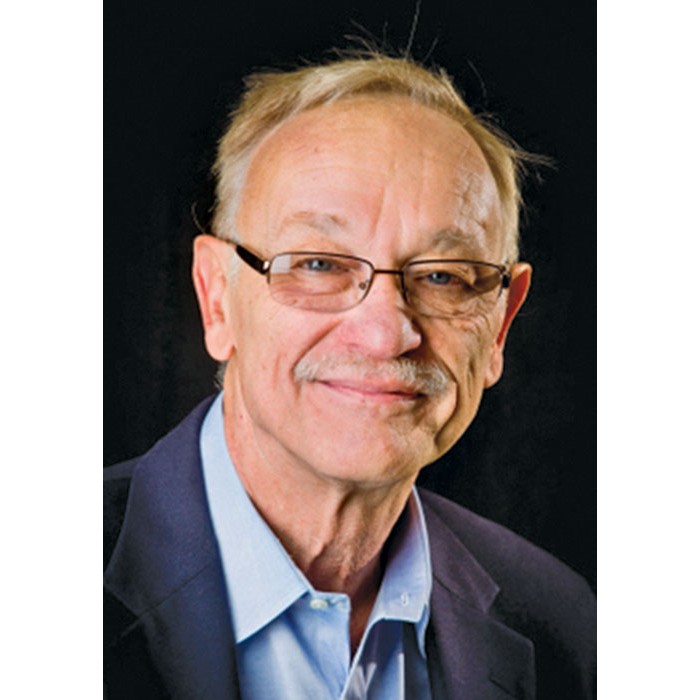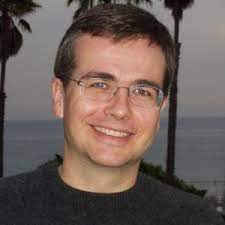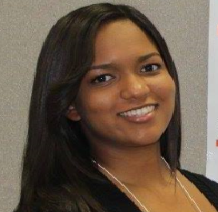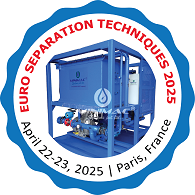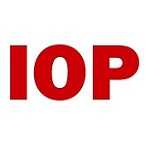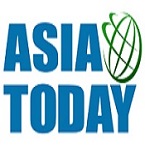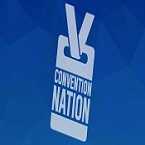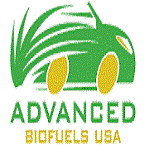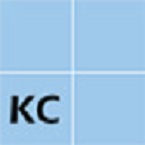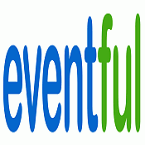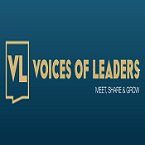Sessions And Tracks
Advanced Separation Technologies
Advanced Separation Technologies encompass innovative methods for efficiently isolating and purifying components in various industries. These include membrane separation processes (e.g., microfiltration, ultrafiltration, reverse osmosis), chromatographic techniques (such as HPLC and SFC), and cutting-edge extraction methods like supercritical fluid extraction (SFE). Additionally, advancements in filtration, adsorption, and affinity-based separations are revolutionizing pharmaceutical, chemical, and environmental applications. Emerging technologies like electrochemical, magnetic, and hybrid separation methods, as well as new materials like nanomaterials and membranes, further enhance efficiency, selectivity, and scalability. These innovations play a crucial role in improving sustainability, cost-effectiveness, and performance across industries.
Innovations in Formulation Science
Innovations in Formulation Science focus on advanced techniques and technologies for developing effective and sustainable products in pharmaceuticals, biotechnology, food, and cosmetics. Key innovations include nanomaterials and Nano carriers for targeted drug delivery, novel drug delivery systems (e.g., controlled release), and biopharmaceutical formulation for biologics and gene therapies. Emphasis is also placed on enhancing solubility and bioavailability of poorly soluble drugs, sustainable formulation practices, and the integration of green chemistry. Additionally, advancements in personalized medicine, quality by design (QbD), and the formulation of functional foods and cosmetics are driving significant progress, improving efficacy, safety, and environmental impact.
Separation in Biotechnological Applications
Separation in Biotechnological Applications focuses on methods used to isolate, purify, and concentrate biomolecules in the biotechnology and biopharmaceutical industries. Key techniques include chromatography, filtration, membrane separation, and centrifugation, which are essential for purifying proteins, nucleic acids, enzymes, and other bio product. These separation processes are crucial in downstream processing, enabling the production of therapeutics like monoclonal antibodies, vaccines, and gene therapies. Additionally, advancements in bioprocess engineering, such as automated and scalable systems, optimize production and reduce costs. Innovations in separation technology ensure high purity, yield, and efficiency, critical for maintaining product quality and meeting regulatory standards.
Separation Methods in Analytical Chemistry
Separation Methods in Analytical Chemistry are essential techniques used to isolate and quantify components within complex mixtures. Key methods include High-Performance Liquid Chromatography (HPLC) Gas Chromatography (GC), Capillary Electrophoresis (CE), and Thin-Layer Chromatography (TLC), which allow for precise analysis of organic and inorganic substances. These methods are widely applied in environmental analysis, pharmaceutical testing, food safety, and forensic science. They enable the identification, purification, and quantification of compounds with high sensitivity and resolution. Advances in automation, miniaturization, and green chemistry have further enhanced the efficiency and environmental sustainability of separation techniques in analytical chemistry.
Industrial Separation and Formulation
Industrial Separation and Formulation involve techniques used to separate and purify materials on a large scale in industries such as chemicals, pharmaceuticals, food, and petrochemicals. Separation methods like distillation, filtration, and membrane processes are crucial for refining raw materials, removing impurities, and ensuring product quality. In formulation, the focus is on creating stable, effective, and scalable products, such as pharmaceuticals, food ingredients, and industrial chemicals. Innovations in these fields address challenges related to efficiency, sustainability, and cost-effectiveness, with advanced techniques improving product yield, reducing waste, and optimizing production processes, thus enhancing overall industrial performance.
Pharmaceutical Formulation and Drug Design
Pharmaceutical Formulation and Drug Design focus on creating effective, stable, and bioavailable drug products. Drug formulation involves selecting appropriate excipients, designing delivery systems (e.g., tablets, injections, patches), and optimizing drug release profiles to ensure therapeutic efficacy. Key challenges include improving solubility for poorly water-soluble drugs, ensuring stability, and designing formulations for targeted delivery. Drug design focuses on developing molecules with optimal pharmacokinetic and pharmacodynamics properties, using techniques like molecular modelling and high-throughput screening. Innovations such as personalized medicine, biologics, and nanotechnology are transforming drug formulation and design, enabling treatments that are more precise, efficient, and tailored to individual needs.
Separation Techniques for Chemical Engineering
Separation techniques in chemical engineering are methods used to isolate or remove specific components from mixtures. These techniques are crucial in processes like purification, concentration, and recycling. Common separation methods include distillation, which separates liquids based on boiling points; filtration, which removes solids from liquids or gases; centrifugation, which uses centrifugal force to separate particles of different densities; membrane processes like reverse osmosis for selective separation; and adsorption, where molecules adhere to a solid surface. Other methods include absorption, crystallization, and chromatography. These techniques are vital in industries like pharmaceuticals, petrochemicals, and food processing.
Emerging Trends and Future of Separation Technologies
emerging trends in separation technologies focus on enhancing efficiency, sustainability, and selectivity. Innovations include membrane technologies, such as nanofiltration and forward osmosis, offering higher performance with lower energy consumption. Advanced materials like metal-organic frameworks (MOFs) are being developed for more precise separations, particularly in gas and solvent recovery. Smart and hybrid separation systems integrate multiple techniques, improving process flexibility. Biotechnology-driven approaches, like enzymatic and bio-based separations, are gaining attention for environmentally friendly alternatives. Additionally, digitalization and AI are optimizing process control and monitoring. These advancements promise more energy-efficient, cost-effective, and sustainable separation solutions across various industries.
Advanced Techniques in Drug Formulation for Targeted Therapies
Advanced techniques in drug formulation for targeted therapies focus on enhancing drug delivery precision and minimizing side effects. Nanotechnology plays a key role, with nanoparticles, liposomes, and dendrimers enabling controlled and targeted drug release to specific tissues or cells. Lipid-based systems, such as micelles, improve the solubility of poorly water-soluble drugs. Conjugation strategies, including antibody-drug conjugates (ADCs), direct drugs to cancer cells while sparing healthy tissue. Smart drug delivery systems, like stimuli-responsive polymers, release drugs in response to environmental triggers. These innovations optimize therapeutic efficacy, improve patient outcomes, and reduce systemic toxicity in diseases like cancer and autoimmune disorders.
Regulatory and Safety Aspects in Separation and Formulation
Regulatory and safety aspects in separation and formulation focus on ensuring products meet strict quality, efficacy, and safety standards. Regulatory bodies, like the FDA and EMA, provide guidelines for validation, testing, and documentation throughout the process. In separation technologies, safety involves ensuring that contaminants are removed effectively without introducing new risks, while in formulation, consistency, stability, and proper dosing must be verified. Good Manufacturing Practices (GMP) ensure compliance with these standards. Additionally, thorough clinical testing, risk assessments, and post-market surveillance are essential to monitor safety, detect adverse effects, and maintain compliance with evolving regulations in pharmaceutical and chemical industries.

